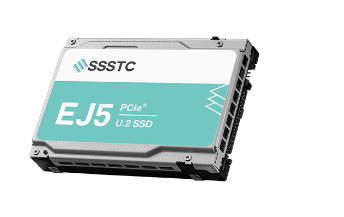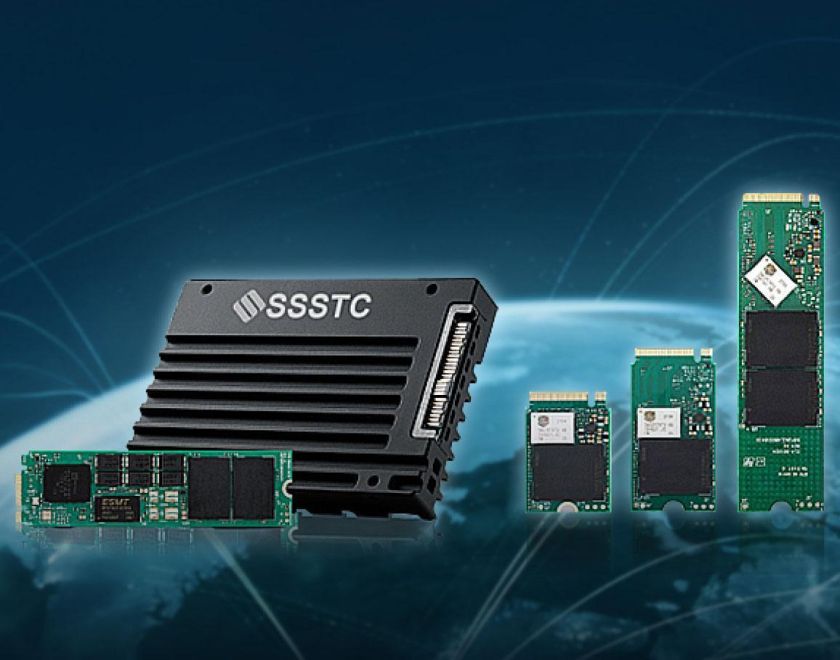SSD Types: Read Intensive, Write Intensive and Mixed Use SSDs
Read Intensive (RI) vs.Write Intensive (WI) vs. Mixed Use (MU)
Read Intensive Solid State Drives
Read Intensive SSDs are primarily used for workloads that require a large volume of data reading, with relatively low write frequencies and excellent read speeds. Designed for applications where "reads outweigh writes," these SSDs are ideal for scenarios such as database queries, big data analytics platforms, file servers, e-commerce platforms, medical imaging devices, and social media operations. They provide businesses with an optimal solution for efficiently managing daily data access.
Why Choose Read Intensive SSD
-
High-Performance Reading:
Read Intensive SSDs are optimized for frequent reads, delivering fast data access, reducing query latency, and enhancing overall system performance to improve the user experience. -
Minimal Write Operations:
These SSDs handle fewer write operations, which means they require lower write endurance and support high storage capacities, making them suitable for applications needing higher rack density.
Write Intensive Solid State Drives
Unlike Read Intensive SSDs, Write Intensive SSDs are designed to handle heavy write workloads such as edge computing, video surveillance, data logging, and high-performance computing (HPC). These SSDs are equipped with robust write performance, offering high durability and stability.
Why Choose Write Intensive SSD
-
Superior Durability:
Write Intensive SSDs have enhanced endurance and longer lifespans, capable of withstanding prolonged, large-scale write operations. -
Exceptional Write Performance:
With NAND flash memory built for high write endurance, often rated with a higher Drive Writes Per Day (DWPD), Write Intensive SSDs maintain stable write speeds, ideal for scenarios that require frequent data updates or large write volumes.
Mixed Use Solid State Drives
Mixed Use SSDs are suited for applications that demand a balance of high read and write operations. Providing excellent read and write performance, they are ideal for virtualization environments, ERP systems, and hybrid cloud computing. Their versatile nature makes them a reliable storage partner for business transformation and data center operations.
Why Choose Mixed Use SSD
-
Balanced Read-Write Performance:
With a moderate DWPD rating, Mixed Use SSDs offer balanced performance for handling random read and write operations, making them suitable for scenarios requiring both read and write capabilities in everyday business operations. -
Adaptable to Diverse Needs:
Whether addressing high-efficiency queries or heavy write demands, Mixed Use SSDs deliver stable performance to meet a variety of business requirements.
How to Select the Right SSD Storage Solution
When choosing the most suitable SSD storage solution, businesses should consider the following factors:
-
Workload Characteristics:
Select the appropriate SSD type based on your application scenario and workload. Opt for a Read Intensive SSD for predominantly data-reading needs, a Write Intensive SSD for frequent write demands, and a Mixed Use SSD for balanced read-write performance. -
Storage Capacity and Endurance:
Calculate the required storage capacity while also considering the device's write endurance, especially for write-intensive workloads. -
Cost Efficiency:
Choose the right storage medium type (e.g., SLC, MLC, TLC) to achieve the optimal balance between performance and cost. -
Future Scalability:
With growing business demands, select storage solutions that offer scalability and high performance to handle increasing workloads seamlessly in the future.
Next Steps
Whether it’s Read Intensive, Write Intensive, or Mixed Use SSDs, choosing the right storage solution is critical for enterprises. By understanding the characteristics of different SSD types, businesses can select the most suitable storage devices for their specific needs, enhancing operational efficiency, reducing costs, and ensuring smooth and efficient business operations.
SSSTC EJ5 series SSD offers various capacity and endurance options to meet different enterprise needs.
SSSTC provides the best quality, competitive cost mainstream storage products with superior customized service,using KIOXIA top-quality, reputable NAND flash memory in all our SSD products.Contact us to find more enterprise SSD or industrial SSD solutions.


__24C05D67dI.webp)


__24C15hqqtC.png)
__24C15wOdCC.png)









__24C05XQ2my.jpg)






__24C05fplcZ.png)
__24C05vgHYC.png)



